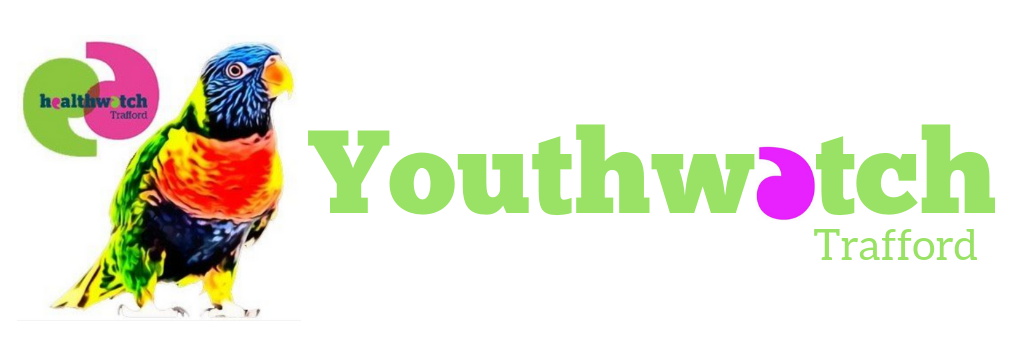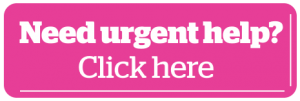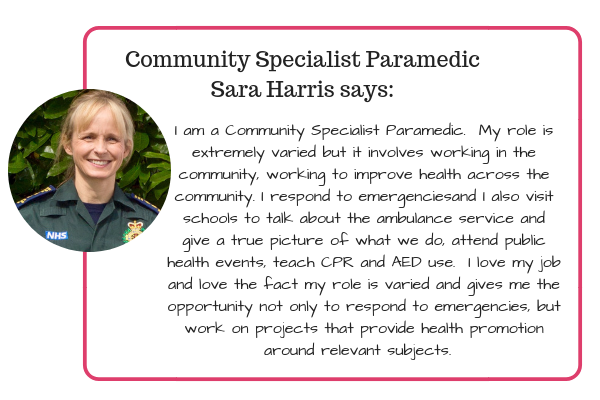Emergency First Aid
Being able to do first aid is one of the most useful skills you could have. From bandaging skills to CPR, first aid can save lives. Yet, it’s really easy to learn!
What is First Aid?
All first aid is emergency help to a person who has hurt themselves or has become suddenly unwell (who we call the casualty), in order to try and stop the casualty’s condition getting worse.
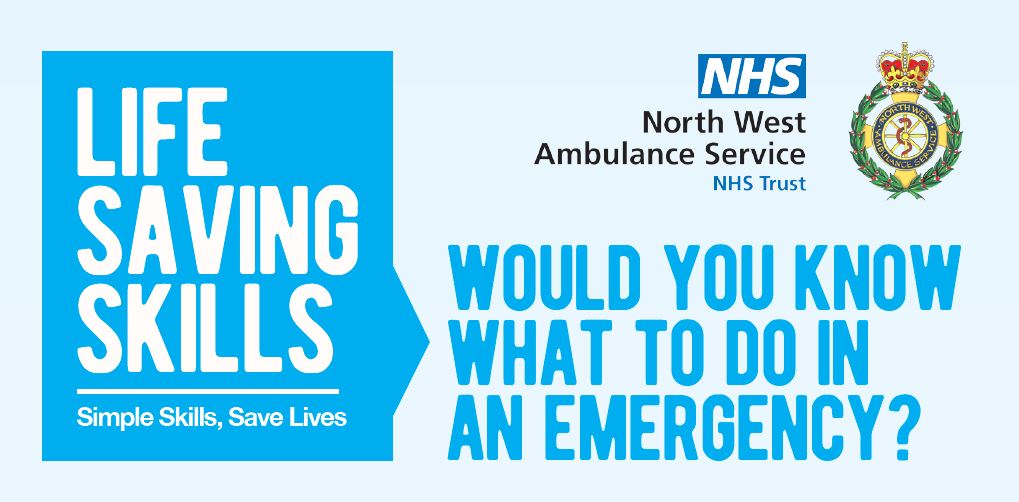
We are going to look at a few different emergencies and see what you can do to help.
Choking
Ask the casualty, “Are you choking?” in order to check that it’s not something else that is causing the problem. Then, follow the steps below. If they cannot speak, cough or make any noise, then the issue is serious and move to step 2.
- If they can speak and cough, ask them to try to cough it out
- If this doesn’t work, help them to lean forward, and hit them quickly and hard up to five times between their shoulder blades, using the heel of your hand – these are called back blows. In this step, also check to see if there is anything stuck at the back of the casualty’s mouth – if so, ask them to pick it out
- If this doesn’t work, get them to stand up straight, stand behind them, put your arms around their waist and link your hands between their tummy button and chest. Make sure the lower hand is clenched into a fist, then pull inwards and upwards – these are called abdominal thrusts. Do up to five of these in a row.
- If they are still choking, call 999 or 112 and repeat steps 2 and 3 until whatever was stuck comes out, help arrives, or the person becomes unresponsive. See below to find out what to do if they become unresponsive.
Severe Bleeding
- To prevent infection being passed between you and the casualty, put on some gloves.
- The wound may be covered by clothing. Remove or cut the clothes to get them out of the way.
- Check if there is an object in the wound. If there is an object in the wound, skip to the bullet points below. If there is not:
- if you have a sterile dressing or clean pad that isn’t fluffy, use your fingers to press on the wound and then put the dressing on the wound to stop the bleeding
- if you don’t have a dressing or clean, non-fluffy pad, ask the casualty to press on the wound with their hand
- Call 999 or 112 for help (ask a person nearby to do this if possible) – tell the person on the phone where the bleeding is coming from, and how much there is
- Take a clean bandage – put the pad of the bandage on the wound, then wrap the rest of the bandage round, making sure to cover the edges of the pad
- Severe bleeding can lead to a very dangerous condition called shock. This is not about a feeling in this case, but shock is a life-threatening condition often caused by loss of blood.
- get the casualty to lie down, and rest their legs on a chair (in order to raise their legs above the level of the heart)
- however, do not raise their legs if their legs are injured
What to do if an object is stuck in the wound:
- don’t pull it out – it might be acting as a ‘plug’ which reduces the bleeding
- apply pressure to both sides of the wound, to push it together – you can do this with the casualty’s fingers, or a pad (for example a clean cloth)
- If you use a bandage, make sure the pad is on the side of the arm without the object sticking out.
What to do if blood comes all the way through the bandage:
- put another bandage on in the same way as you did the first
- if the blood comes through that bandage as well, remove both bandages and then out another one on – keep going with this cycle as many times as you need to
Unresponsiveness
Unresponsiveness if where the casualty does not react when you speak to them or hit them for example.
To see if a casualty is unresponsive or not:
- talk loudly into BOTH ears (in case they are deaf in one), asking them if they can hear you
- tell them to open their eyes if they can (since some people may not be able to speak)
- tap them firmly on their shoulders
- if none of the above causes any response, then the casualty is unresponsive
If you see an unresponsive casualty:
- check the casualty’s airways
- Open their mouth and tilt their head back, away from their body.
- Look down their mouth. If there is anything stuck in there, use gloves to take it out.
- check the casualty’s breathing
- Open the casualty’s mouth and tilt their head back, away from their body
- Put your ear to their mouth, and look down their chest
- Look for the below to suggest breathing:
- the casualty’s chest rising then falling, then rising then falling etc.
- the sound of breathing in your ear
- hot air on your ear
- Do this for 10 seconds
What to do if the casualty is breathing: you need to put them in the recovery position
- take the arm of theirs which is closest to you, and position it so that it is straight and stretched away from their body, at 90 degrees to their body
- use the back of your hand to feel their pockets – if anything is in there, take it out and put in in their hand that has been stretched out
- if they are wearing glasses, remove the glasses carefully and place them in that same hand (next to their hand, this is a recent change in case the casualty squeezes them accidentally)
- using one of your hands hand interlock your fingers with the casualty’s other hand and hold it to their cheek, and use your other hand to then lift up the knee of the casualty that is furthest from you
- pull that knee towards you so that the casualty rolls over onto their side
- ensure their leg forms a right angle at the knee joint, open the casualty’s mouth, and if their head is on their shoulder, move it off their shoulder
- call 999 or 112, then whilst the casualty is in the recovery position, check their airways and monitor their breathing every 5 minutes
What to do if the casualty is not breathing: you need to call 999 or 112, then perform CPR
CPR:
If the casualty is an adult:
- kneel over the casualty and place the heel of one of your hands on the centre of their chest (around halfway between the nipples)
- place the heel of your other hand on top of the hand already in place, and interlock your fingers. Your arms both should be straight and vertical.
- push down on their chest around 5 to 6cm, then release the pressure without taking your hands off their chest. You have now performed one compression. Do 30 of these, with two each second.
- give two rescue breaths:
- tilt the head of the casualty back (opening their mouth as you do so), then pinch their nose shut
- take a deep breath, then put your mouth to theirs, sealing your lips completely round their mouth
- blow into their mouth so that their chest rises, ten remove your mouth from theirs so that their chest falls
- repeat steps a to c once more
- continue in the cycle of giving 30 chest compressions, then 2 rescue breaths until help arrives – do not stop until the paramedics take over – CRP must be continuous
- if you are tired, swap over with somebody else quickly
- If the casualty begins to breathe normally again, stop CPR and put them in the recovery position
If the casualty is a child (one to puberty):
- do the same as above, but begin with 5 rescue breaths before moving to the cycle of 30 chest compressions and 2 rescue breaths
If the casualty is an infant (under one):
- do the same as for an adult, but:
- use two fingers, not two hands, for chest compressions
- start with 5 rescue breaths before the cycle begins
- use your mouth to cover their mouth AND nose when giving rescue breaths
General Advice
Remember, whatever the situation, you should try to remain calm, and reassure the casualty.
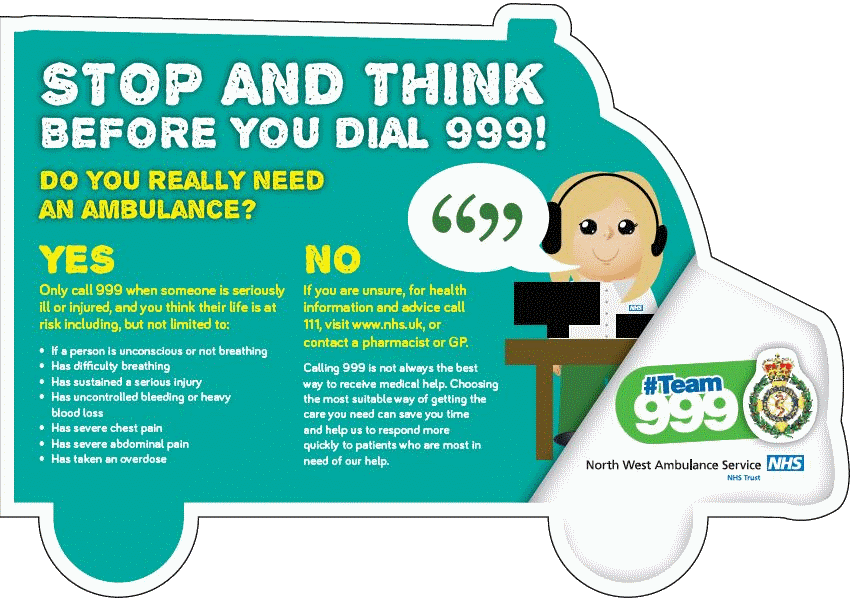
Where Can You Get Help?
 St John Ambulance – Organisation that provides first aiders for events and first aid training (as well as ambulances). Can volunteer with them on Fridays at St George’s Parish Centre Altrincham.General enquiries : 08700 104950 (Mon-Fri 9am-5pm) Calls cost 2p per minutes plus your phone company’s access charge. National Headquarters: 0207 324 4000 (Mon-Fri 9am-5pm). Training course enquiries: 0844 770 4800 (Mon-Fri 8:30am-5:30pm) Calls cost 7p per minutes plus your phone company’s access charge. Website : http://www.sja.org.uk/
St John Ambulance – Organisation that provides first aiders for events and first aid training (as well as ambulances). Can volunteer with them on Fridays at St George’s Parish Centre Altrincham.General enquiries : 08700 104950 (Mon-Fri 9am-5pm) Calls cost 2p per minutes plus your phone company’s access charge. National Headquarters: 0207 324 4000 (Mon-Fri 9am-5pm). Training course enquiries: 0844 770 4800 (Mon-Fri 8:30am-5:30pm) Calls cost 7p per minutes plus your phone company’s access charge. Website : http://www.sja.org.uk/
Used this service? Tell Healthwatch Trafford about it here.
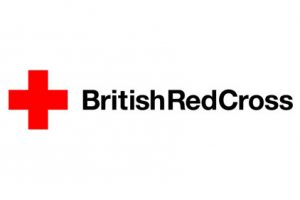 British Red Cross – Organization that provides first aiders for events and first aid training, as well as disaster relief, support for those who live independently, and health and social care.British Red Cross, UK Office, 44 Moorfields, London EC2Y 9ALTel: 0344 871 11 11 (+ 44 2071 3879 00 from abroad) (though number you should call varies for purpose of call)
British Red Cross – Organization that provides first aiders for events and first aid training, as well as disaster relief, support for those who live independently, and health and social care.British Red Cross, UK Office, 44 Moorfields, London EC2Y 9ALTel: 0344 871 11 11 (+ 44 2071 3879 00 from abroad) (though number you should call varies for purpose of call)
Email:information@redcross.org.uk.
There is an online guide to first aid on their website: https://www.redcross.org.uk/first-aid/learn-first-aid##
Used this service? Tell Healthwatch Trafford about it here.
- The NHS – The NHS provides loads of information on first aid on it’s website, as well as plenty of other information: See the website at https://www.nhs.uk/conditions/first-aid/.
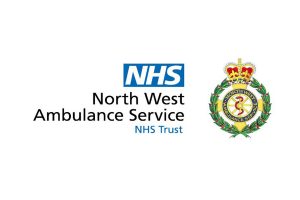 North West Ambulance Service – The North West Ambulance Service NHS Trust (NWAS) provides 24 hour, 365 days a year accident and emergency services to those in need of emergency medical treatment and transport. They have highly skilled staff who provide life-saving care to patients in the community and take people to hospital or a place of care if needed. They also provide non-emergency patient transport services for those patients who require non-emergency transport to and from hospital and who are unable to travel unaided because of their medical condition or clinical need – and they play an important role in advising patients and the public about staying safe and healthy.
North West Ambulance Service – The North West Ambulance Service NHS Trust (NWAS) provides 24 hour, 365 days a year accident and emergency services to those in need of emergency medical treatment and transport. They have highly skilled staff who provide life-saving care to patients in the community and take people to hospital or a place of care if needed. They also provide non-emergency patient transport services for those patients who require non-emergency transport to and from hospital and who are unable to travel unaided because of their medical condition or clinical need – and they play an important role in advising patients and the public about staying safe and healthy.
You can find out all about NWAS by clicking hereNWAS also deliver the NHS 111 service in the North West. NHS 111 replaced NHS Direct in 2013. This service was introduced to make it easier for people to access local NHS healthcare services in England. It provides non-emergency medical help fast, and is available 24 hours a day, 365 days a year. Call 111 or go to 111.nhs.uk
Used this service? Tell Healthwatch Trafford about it here.
Urgent Help
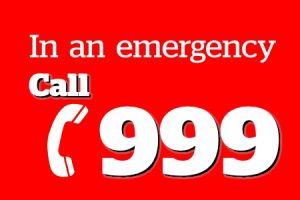 If you think that you or someone else’s life is in immediate danger or they are very ill or have sustained a serious injury, Call 999 or 112. Explain the problem clearly and calmly to the emergency services team and they will send help, whilst guiding you through what you can do to assist, as well as to keep you safe.
If you think that you or someone else’s life is in immediate danger or they are very ill or have sustained a serious injury, Call 999 or 112. Explain the problem clearly and calmly to the emergency services team and they will send help, whilst guiding you through what you can do to assist, as well as to keep you safe.
